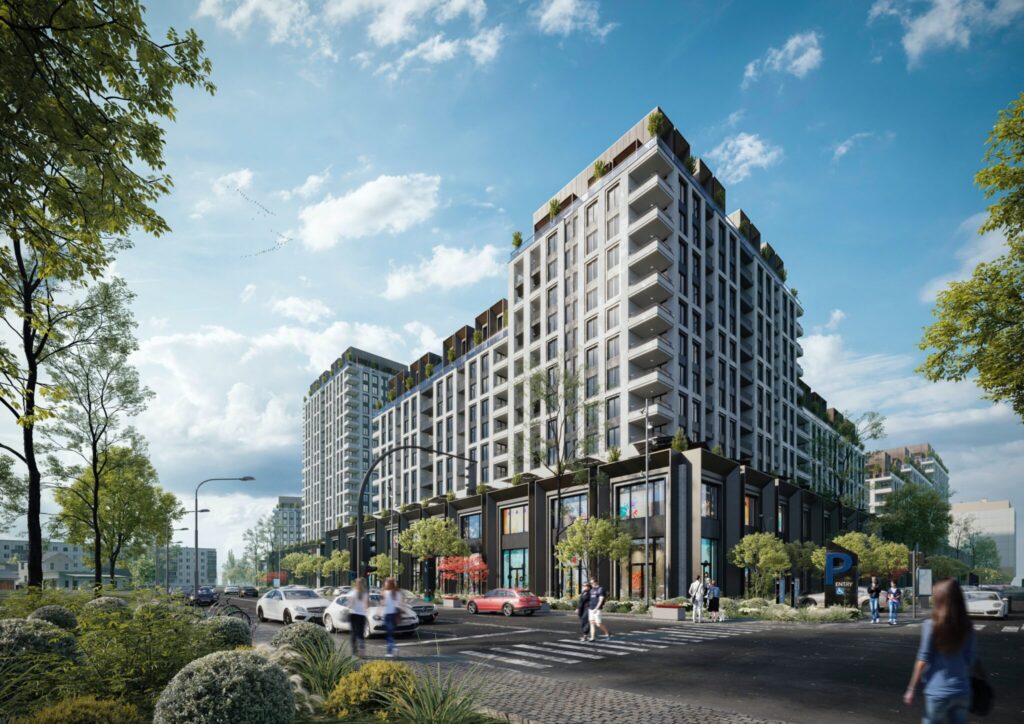
Virtual reality (VR) technology has the potential to completely change how we interact and experience the world. With the arrival of VR, architects can now show clients, contractors, and other stakeholders photorealistic 3D environments of a place before construction even starts. Further we will also talk about the advantages and uses of virtual reality in architecture.
Elevated Interaction with the Design Process
Architectural and design renderings can be made more realistic and accurate with the help of virtual reality technology. In the age of virtual reality, it is now possible for architects to create lifelike digital models of buildings at any scale. Thus, consumers and other stakeholders can learn about and choose among competing design strategies.
We Can Now See and Talk More Clearly
Improvements in architectural visualization and communication are another potential application of virtual reality (VR) technology. Architects can now create dynamic and interactive models that allow clients and stakeholders to explore the building in a way that was previously impossible with only static drawings or blueprints. Customers will be able to provide more useful feedback if they can understand the design’s thinking behind it.

Improved Teamwork and Productivity
Collaboration and output in the built environment can benefit greatly from virtual reality (VR) technology. Teams of designers can now work together in real time, regardless of their physical location, thanks to virtual reality (VR). Essentially, the design process can advance more rapidly, and multiple stakeholders can make simultaneous iterative changes to the design.
Lessening the Financial Impact
At last, VR technology can help the building industry cut costs. By analyzing 3D models before construction begins, architects can prevent costly cuttings and mistakes. This can reduce the total time spent building while also increasing productivity and lowering costs.
In conclusion, virtual reality (VR) technology has the potential to revolutionize the architectural industry by enhancing the design process. Creating immersive and lifelike 3D environments to showcase their designs is a great way for architects to better communicate their intentions to clients and other stakeholders. The field of virtual reality in architecture is growing quickly, and it has a lot of potential uses.


